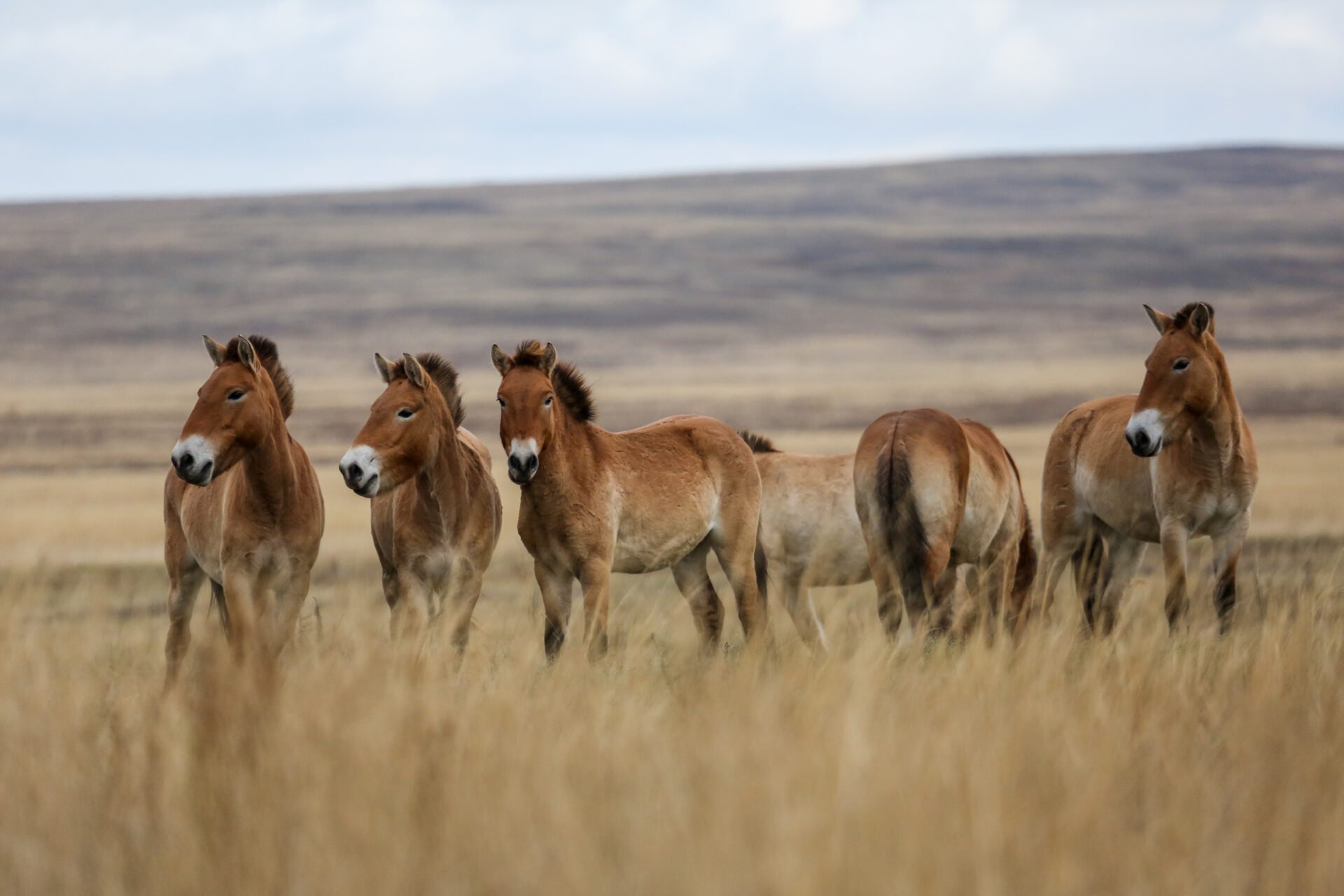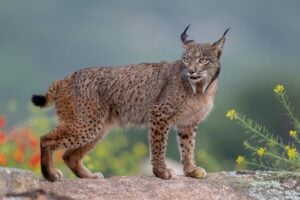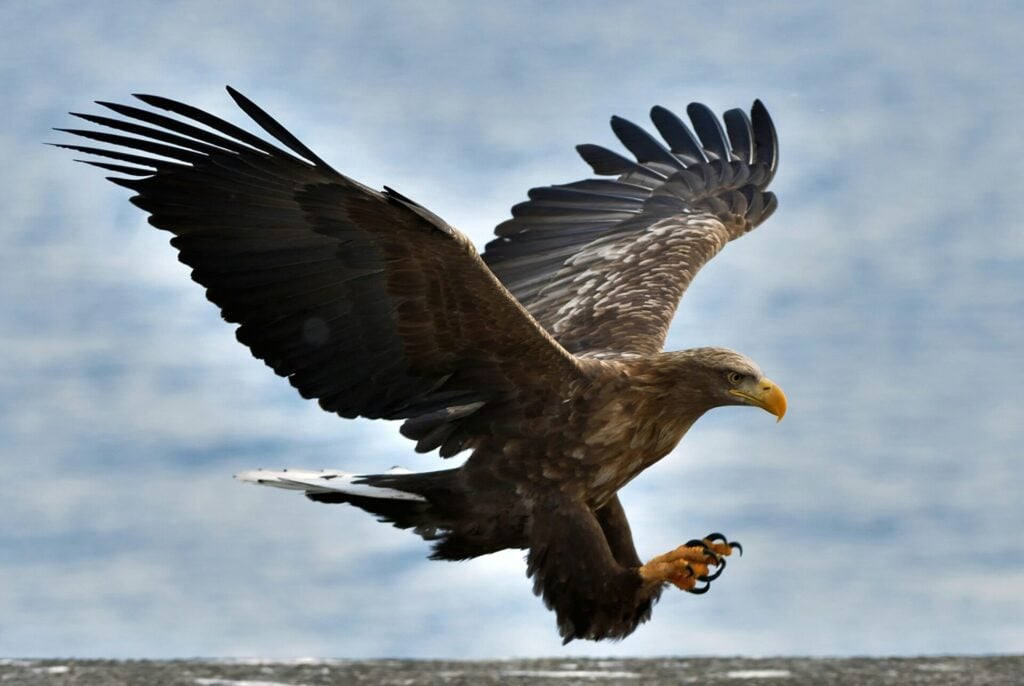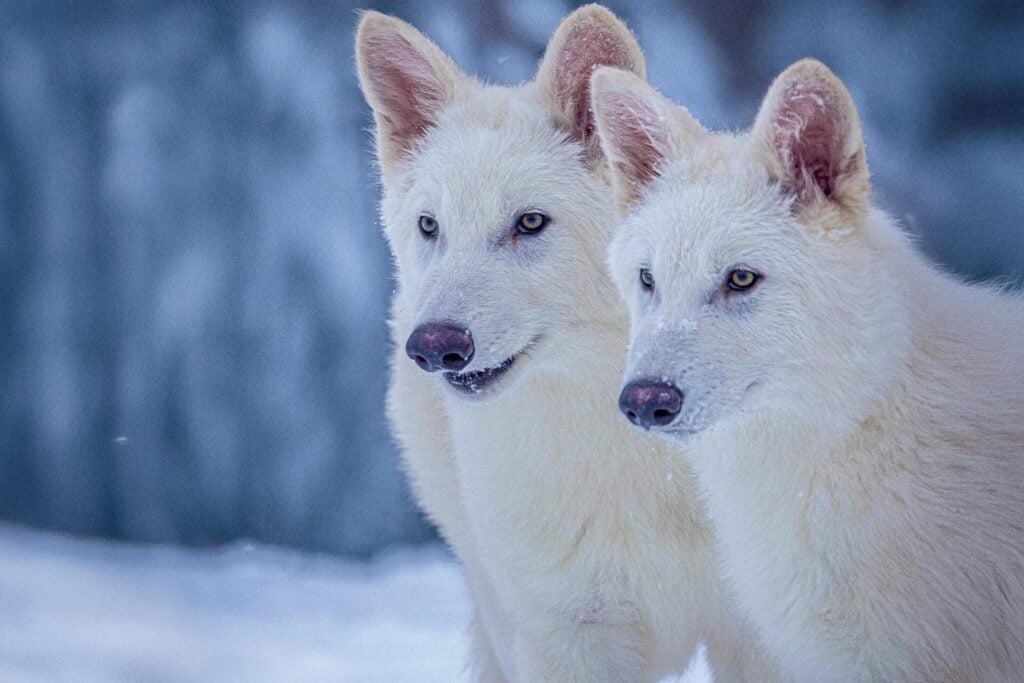For the first time in over 10,000 years, wild Przewalski’s horses are roaming Spain’s highlands.
The 35 Przewalski’s horses, introduced by Rewilding Spain, are helping to manage the local environment by grazing the long grass and preventing wildfires, along with boosting the local economy through tourism.
‘They are special,’ Manuel Villa, a herd manager with the group said. ‘For me, every day I go to work is like the first: the same excitement. I always say, “God, they are beautiful.”’
Horses are a key element for rewilding the Iberian highlands, which today are mostly made up of land left degraded by abandoned crops and pastures.
‘You need the horses to shorten the grass,’ said Pablo Schapira, team leader with Rewilding Spain, adding that overgrown long grass can be a dangerous fire hazard, especially during droughts.
What makes Przewalski’s horses especially valuable in fire-prone regions is their capacity to reduce the fuel load, in effect acting as living ‘firefighters.’ Reports from the region and supporting studies in nearby Mediterranean landscapes suggest that horse grazing cuts down tall grasses, limiting how far wildfires can spread.
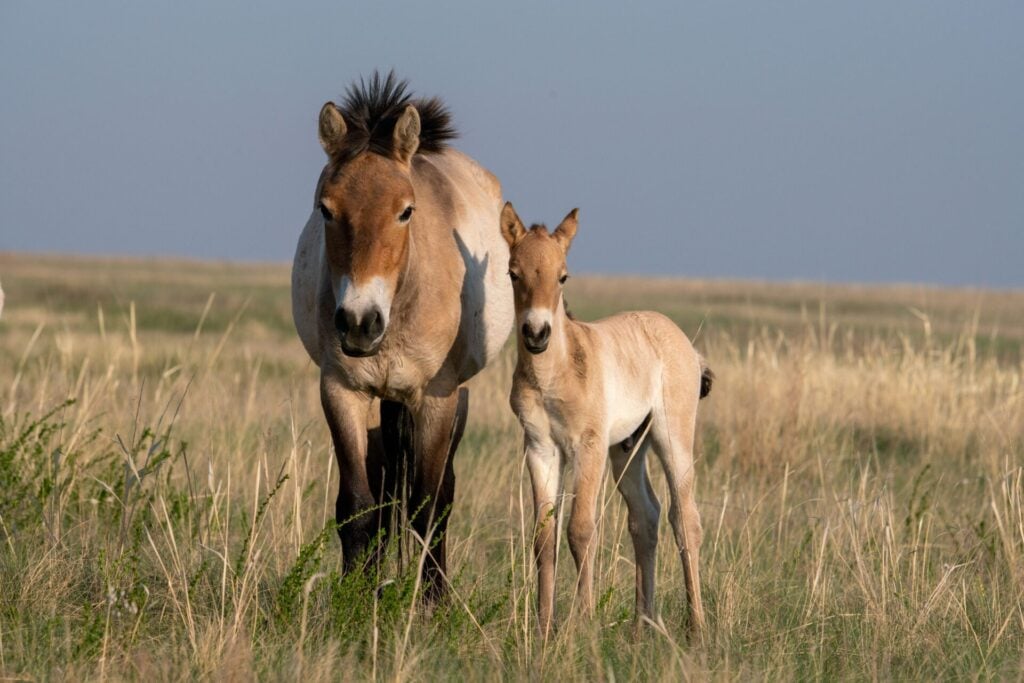
In 2005, a massive wildfire in the region killed 11 people and burned more than 13,000 hectares. A combination of decades of overgrowth, a lack of vegetation, and climate change has increased the risk of destructive wildfires in the region.
‘Rewilding is about restoring lost ecological processes,’ said Diego Rodriguez, the monitoring manager of the project. ‘That can include animals, plants, floods — such as restoring river flood regimes — it can include prescribed fires, and any other ecological process that occurs naturally in an ecosystem without human intervention.
Today, the reintroduced animals roam roughly 23,000 hectares of land, but Rewilding Spain’s ultimate goal is far more ambitious, to eventually rewild 850,000 hectares of land, an area around an eighth the size of the UAE.
‘By healthy landscape, we mean one that is not homogeneous, that is diverse, that can stop a fire because you have a pasture here, a cultivated field there, not a continuous closed woody vegetation.’
The horses presence also increases biodiversity by creating landscape heterogeneity – patches of short grass, longer grasses, and bare soil – which support a variety of insects, small mammals, and plants that otherwise would struggle to find a foothold in a uniform terrain.
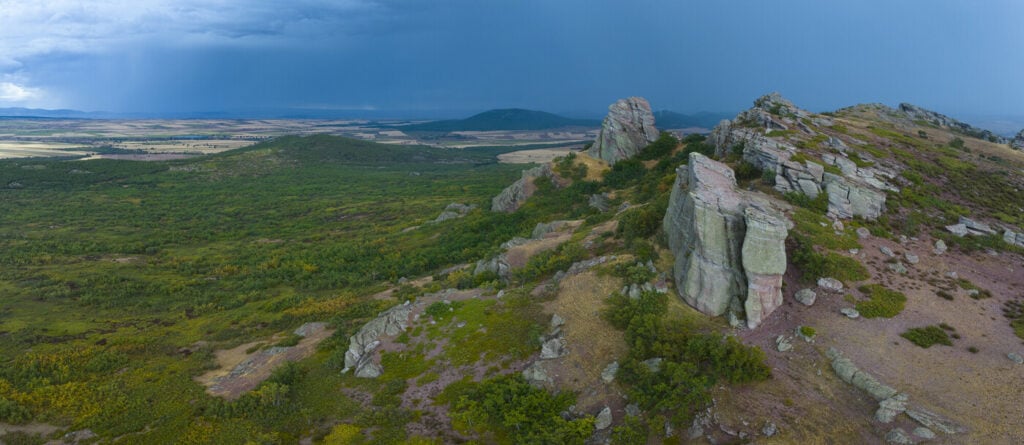
The success of this project depends on coupling the return of megafauna with thoughtful planning: maintaining genetic diversity in the herd, monitoring vegetation recovery, working with local communities so that animals integrate safely into surrounding land use, and gradually introducing complementary species to close the ecological loop.
Today, the reintroduced Przewalski’s horses roam roughly 23,000 hectares of land, but Rewilding Spain’s ultimate goal is far more ambitious, to eventually rewild 850,000 hectares of land, an area around an eighth the size of the UAE.
The group now has 13 agreements with local entrepreneurs for ecotourism, including access to the horses and other wildlife, in an area known as ‘empty Spain’ which has some of the lowest population density in Europe and among the poorest.
The reintroduction of horses in the region is the latest initiative by Rewilding Spain, which has previously introduced Taurus cattle, which resemble the wild aurochs that inhabited Europe until their extinction in the 17 century.
The group is also building up the rabbit population so it can later reintroduce the Iberian lynx and working on bringing back two species of vultures, to add to the ecosystem’s biodiversity.

